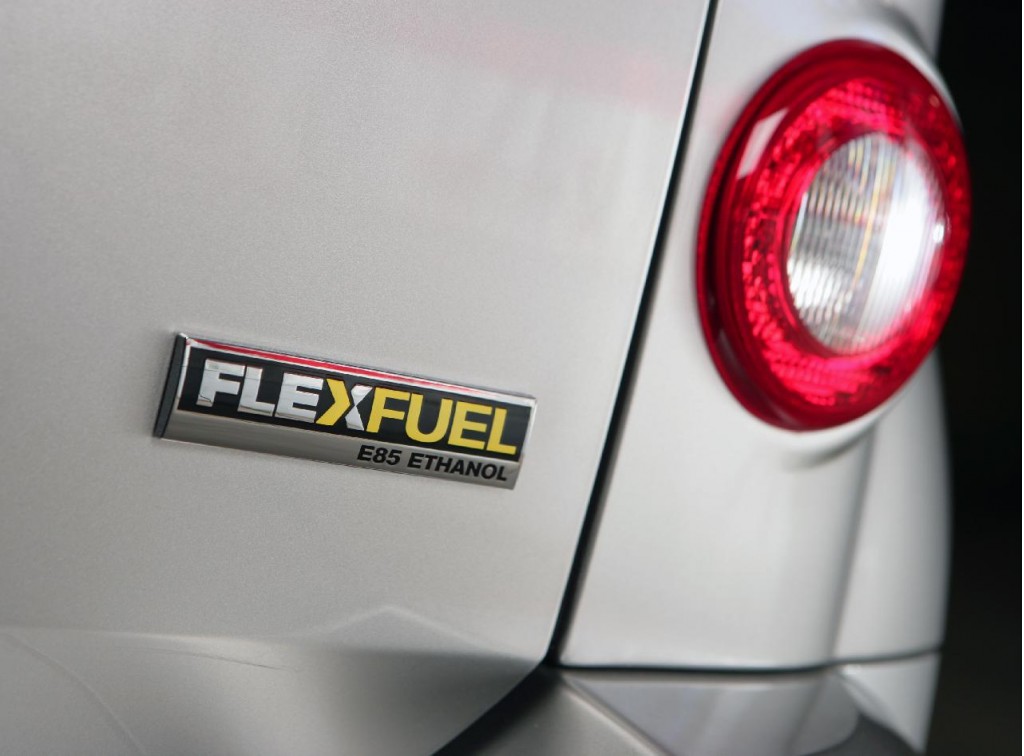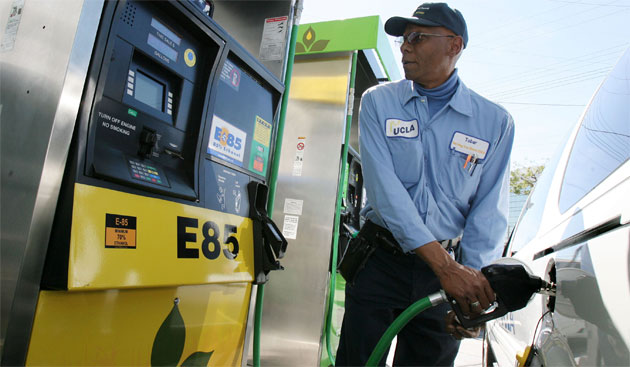The latest episode in the long-running drama over whether U.S. drivers will be offered gasoline with more ethanol in it came very early Saturday morning.
The House of Representatives adopted an amendment to a continuing resolution on Federal spending through September 30 that would bar the U.S. Environmental Protection Agency (EPA) from acting on its plan to permit distribution and sale of gasoline with up to 15 percent ethanol, known as E15.
The measure now goes to the Senate, where ethanol enjoys more support. A compromise continuing resolution must be passed by March 4 to avoid a shutdown of the Federal government.
Sort of bipartisan
The amendment, proposed by Representative John Sullivan (R-OK), was passed 286 to 135. Its support was somewhat bipartisan, with 206 Republicans and 79 Democrats supporting it, and 31 Republicans and 105 Democrats against.
The amendment bars the EPA from spending any money allocated this fiscal year to implement the terms of what was called its E15 waiver. Sullivan maintained that the EPA "completely ignored calls from lawmakers, industry, environmental and consumer groups" to address "important safety issues" related to E15.

Gas pump
No pumps or storage tanks either
A separate amendment, offered by Representative Jeff Flake (R-AZ), blocked funds for a tax subsidy that supported building fuel pumps that blend ethanol and gasoline, as well as separate storage facilities. It too was passed by the House.
Trade groups representing the ethanol industry and some agricultural interests issued furious denunciations. The CEO of Growth Energy, one such group, said of E15, "No other fuel mix has been tested more," and that the EPA waiver was based on "a more exhaustive study and collection of data" than 11 previous petitions that had been approved.
Congress mandated ethanol, mind you
The Representatives who approved the amendment did so while ignoring the Congressional role in requiring extensive use of ethanol for vehicle fuel.Under the 2007 Energy Independence and Security Act, the U.S. must use 11.1 billion gallons of ethanol in 2010, rising to 36 billion by 2022.

FlexFuel badge on E85-capable 2009 Chevrolet HHR
Industry observers have consistently suggested that production of such a high volume of ethanol may not even be possible, whether or not it may be good policy.
E85, the fuel that has 85 percent ethanol, seems unlikely to spread widely--let alone whether there are sufficient numbers of flex-fuel vehicles on the roads to use it. Instead, ethanol percentages in standard "gasoline" may rise, perhaps even beyond E15 to E20.
One drawback to higher percentages of ethanol is lower fuel efficiency, since a gallon of ethanol holds roughly 20 percent less energy content than a gallon of gasoline.

E85 station in Los Angeles
Lawsuits aplenty
Exactly one month ago, the EPA had proposed to allow use of E15 in cars from model years 2001 through 2006, after having approved E15 gasoline for 2007 or newer cars back in October.
Following that first approval, a coalition that included every major carmaker launched a lawsuit asking that the first approval be overturned. That suit, filed in December, remains underway.
The plaintiffs, also including companies that make and sell other types of small engines, are nervous that damage that will occur when the new fuel is used in engines that weren't designed for it--and consumers will blame them.












